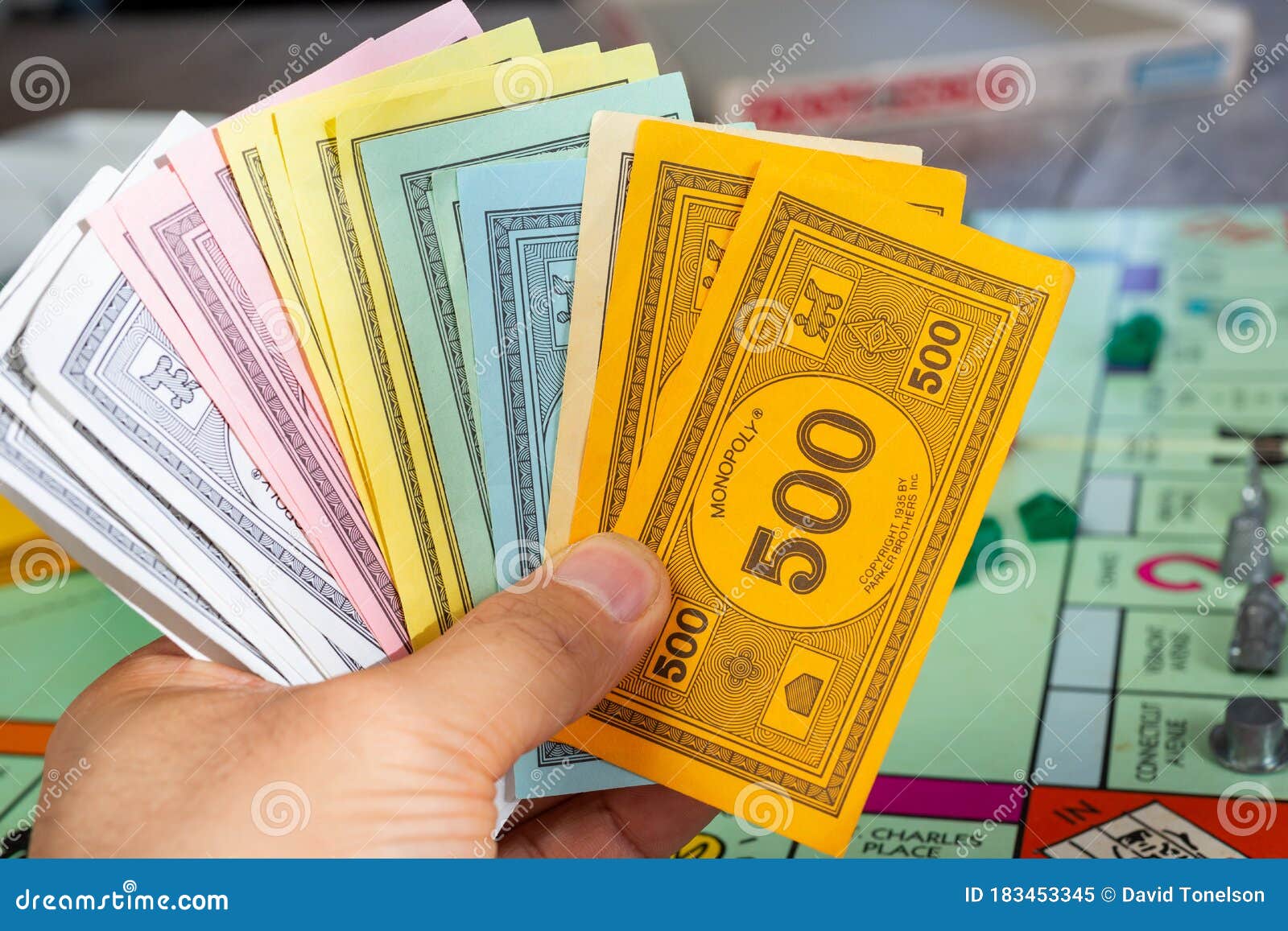
dollars and the government frowns on anybody minting coins. Localization cuts across the political spectrum - Republicans and libertarians are supportive of independent small businesses, too,” Collom said. The idea seems to appeal to people from a wide political spectrum - from Green Party progressives campaigning against globalization to libertarians suspicious of big government. There are now about a dozen local currency systems around the country, including Ithaca Hours, one of the largest that was founded in New York in 1991. Gouldener said the association is exploring whether to partner with the Baltimore Time Bank - another bartering group in which people swap services for time credits, rather than local currency - to provide a reward or incentive in BNotes.Įd Collom, an associate professor of sociology at the University of Southern Maine, said local currencies had their first heyday during the Great Depression, when users traded notes called scrip - essentially IOUs made of paper, wood or even clamshells - that replaced scarce federal dollars.
Monopoly money serial#
The slick green notes are printed on currency-grade paper with the faces of prominent Baltimore figures - think Edgar Allan Poe - and each has a gold, engraved serial number. We’ve had steady growth since the launch,” Gouldener said. So far, there are about 28,000 BNotes in circulation. Locals can trade real dollars for BNotes at eight “cambios” around the city, including Zeke’s Coffee in Northeast Baltimore, and use them at 175 businesses. Gouldener’s group launched a currency called the BNote in April 2011. It’s meant to exist alongside it and build more local wealth.” “We view the complementary currency as a win-win. “Obviously the idea of local currency has been around for a long time and historically they do pop up in times of economic uncertainty,” said Julie Gouldener, 40, program coordinator of the Baltimore Green Currency Association.
Supporters of local currency in the United States say they are founding these systems here because they believe in the “buy local” movement and want to strengthen their neighborhoods and reduce reliance on large corporate banks. These systems are flourishing because the unemployed can either trade skills for local currency or swap their time for other services.


Local or alternative currencies are almost as old as trade itself, but the movement has found new life amid the global financial crisis, as parallel economies outside the traditional monetary system have emerged in countries such as Spain, Mexico and Brazil. Monopoly money? No, just a local currency system in the Mount Rainier and Hyattsville neighborhoods in Prince George’s County, where users essentially trade goods and services using money the group designed and printed called “Anacostia Hours.” Stripped across the top was the motto “In Each Other We Trust.” The bill had environmentalist Rachel Carson’s picture where Abraham Lincoln’s ought to have been. This seems to be the accepted symbol for Monopoly money.One recent Saturday morning, Nick Williams navigated the packed aisles of the Glut Food Co-Op in Mount Rainier, filling his basket with organic vegetables, herbal tea, turmeric and local apple cider.Īfter the cashier rang up his purchases, he pulled out a funny-looking piece of paper instead of a wad of cash. In 's World Edition, as well as the Here and Now Edition, a new symbol was added, a capital M with 2 horizontal lines in it.Monopoly money has been referenced on Homestar Runner.The phrase Monopoly Money has come to be applied to any type of useless or almost-useless currency.Many of the newer non-standard editions have unique versions of the notes commonly in the standard colors and denominations but featuring Edition-appropriate artwork. Notes printed prior to 1991 do not include copyright information on the note's obverse.īesides the purely electronic money in Electronic Banking Editions, in the late 1930's, metal coins were sold by Parker Brothers in the traditional denominations (1,5,10,20,50,100,500) under the brand name "Monopoly Metal Money".Following September 2008, M50's were changed to purple, M20's were colored a lighter shade of green, M10's were changed to blue, and M500's were a darker shade of orange.Later printings changed the $1000 bill to yellow.



 0 kommentar(er)
0 kommentar(er)
